How to break the rules and still look good ?
-
Hello everyone,
The question I’m about to ask I submitted to the podcast questions but because it might be a few months till I may get an answer I thought maybe you guys might have some insight on this subject. I’ve attached some images as examples from varios illustrators I admire.So basically I can’t get my head around how many successful and popular illustrators( in Europe at least) break the fundamental rules of drawing like, perspective and proportions and anatomy yet their work looks amazing and professional and very pleasing to my eyes any way……. How do they achieve this? When I draw I feel so bound to these rules that if for example in a kids bedroom the bed was not drawn in the correct perspective well then my illustration looks awful and just badly drawn and it just looks like I don’t know how to draw ! How do these illustrators like Beatrice Alemagna or Adelina Linus do this and still look good ? Adelinas illustration with the two kids playing with their balloons in the town square is a perfect example. I mean look at the fountain is flat and the house are crooked …… but it’s a beautiful illustration. Or the the kids in the tree house , if I was to draw this I would be drawing and redrawing that ladder to make sure I was the right perspective yet Beatrice just drew it in any direction and I love this illustration. Any body have any thoughts on this? I guess I just feel so bound to the rules and so afraid to break them with fear of just looking like I don’t know how to draw……….
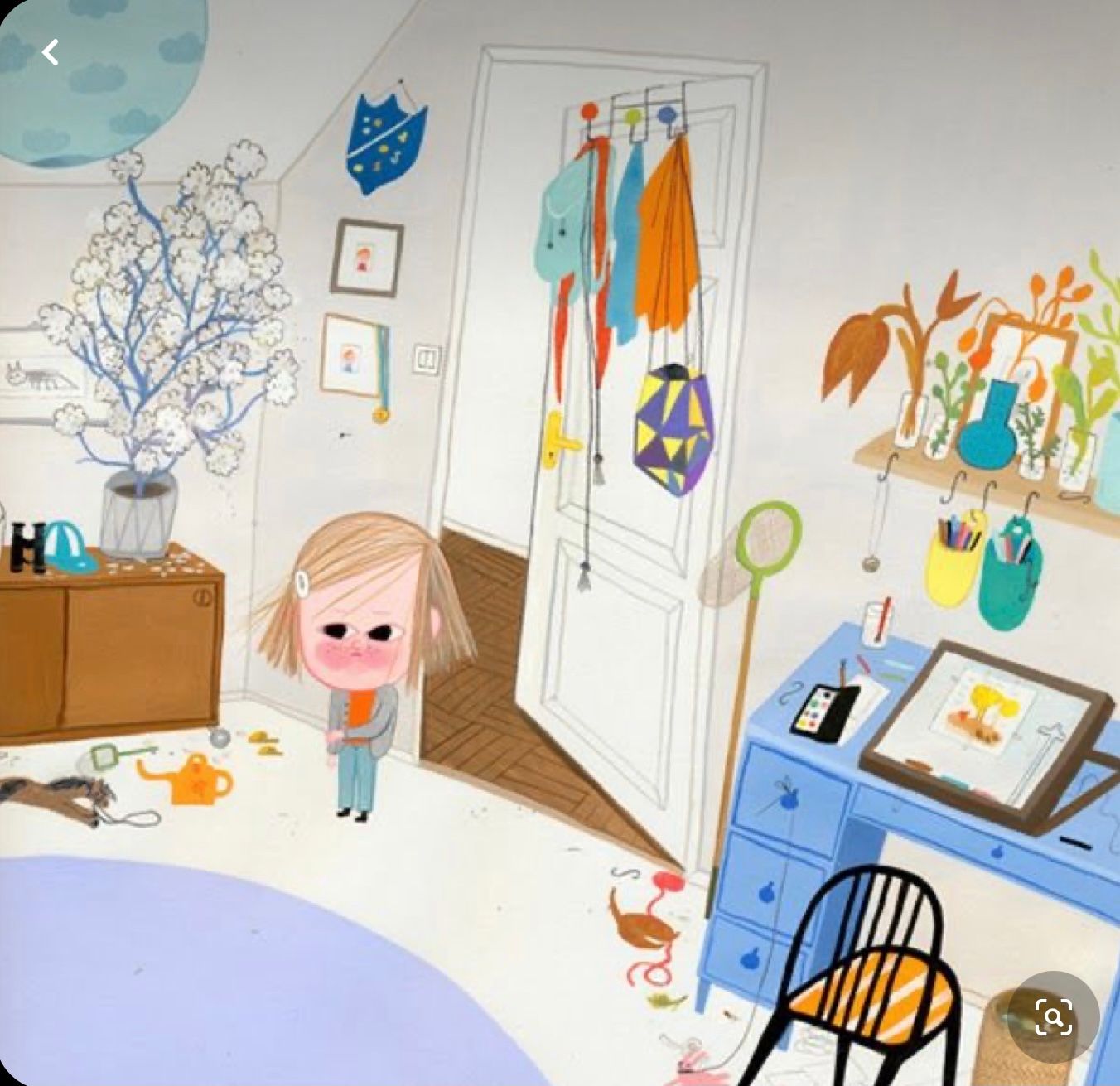
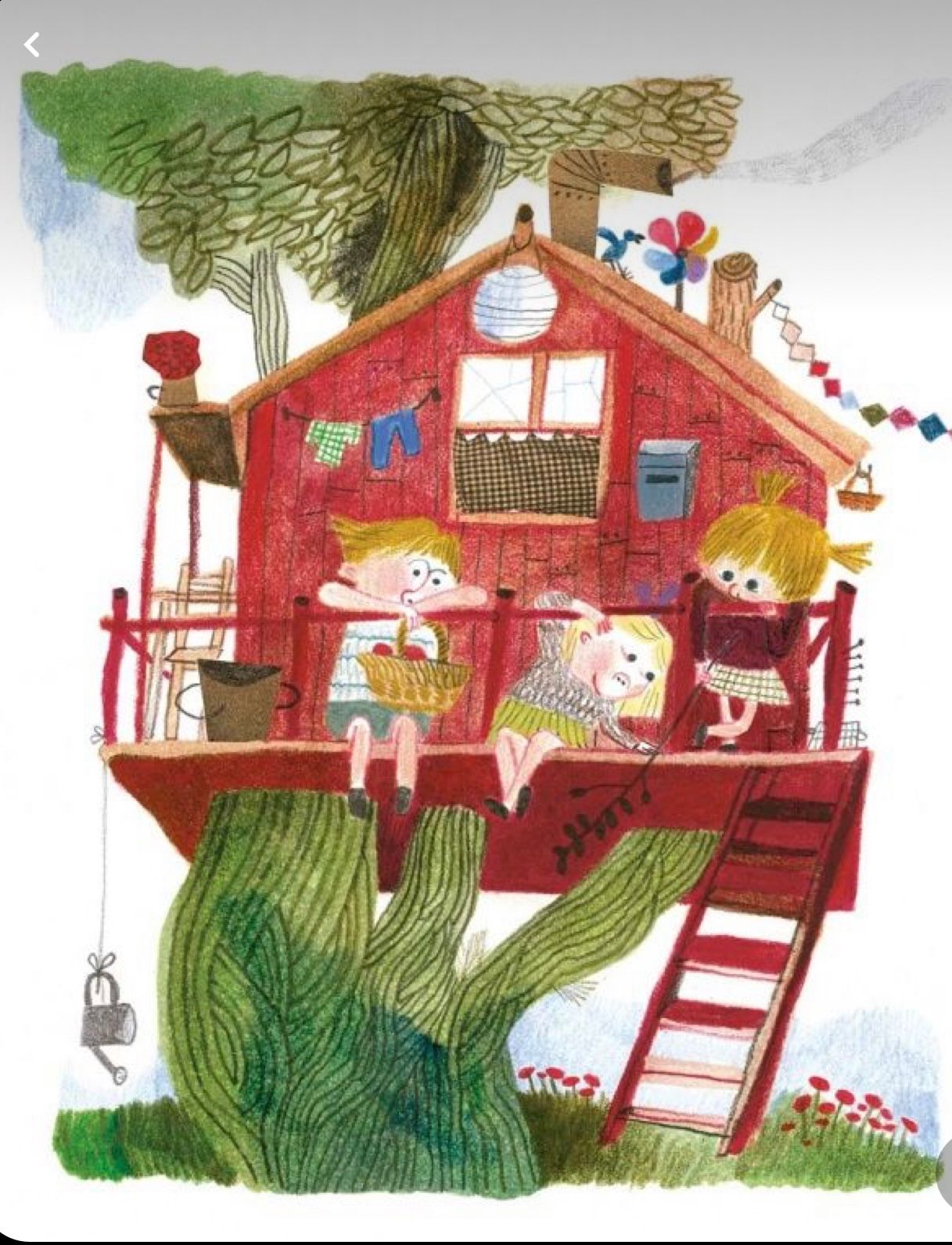
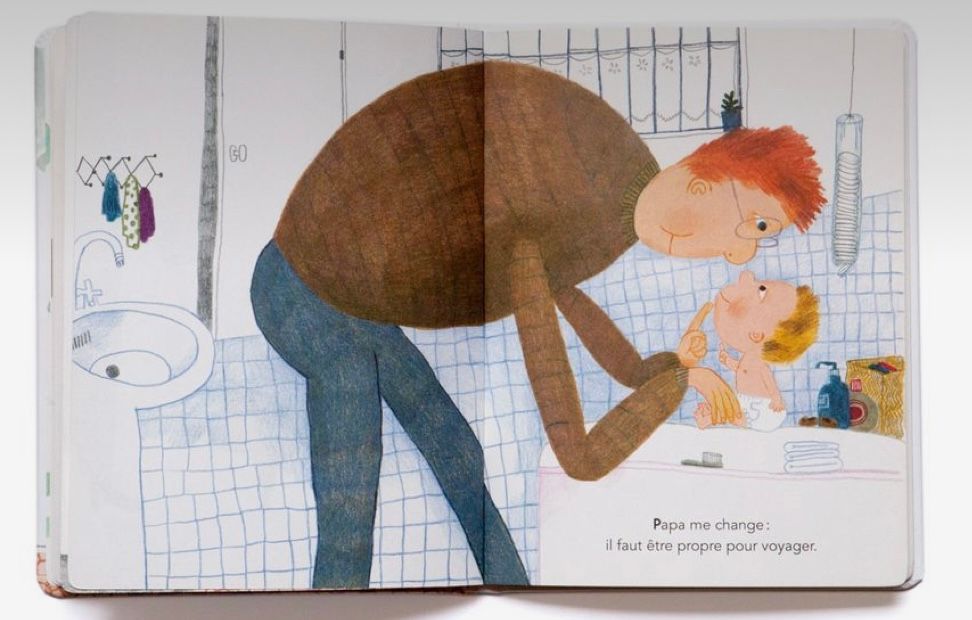
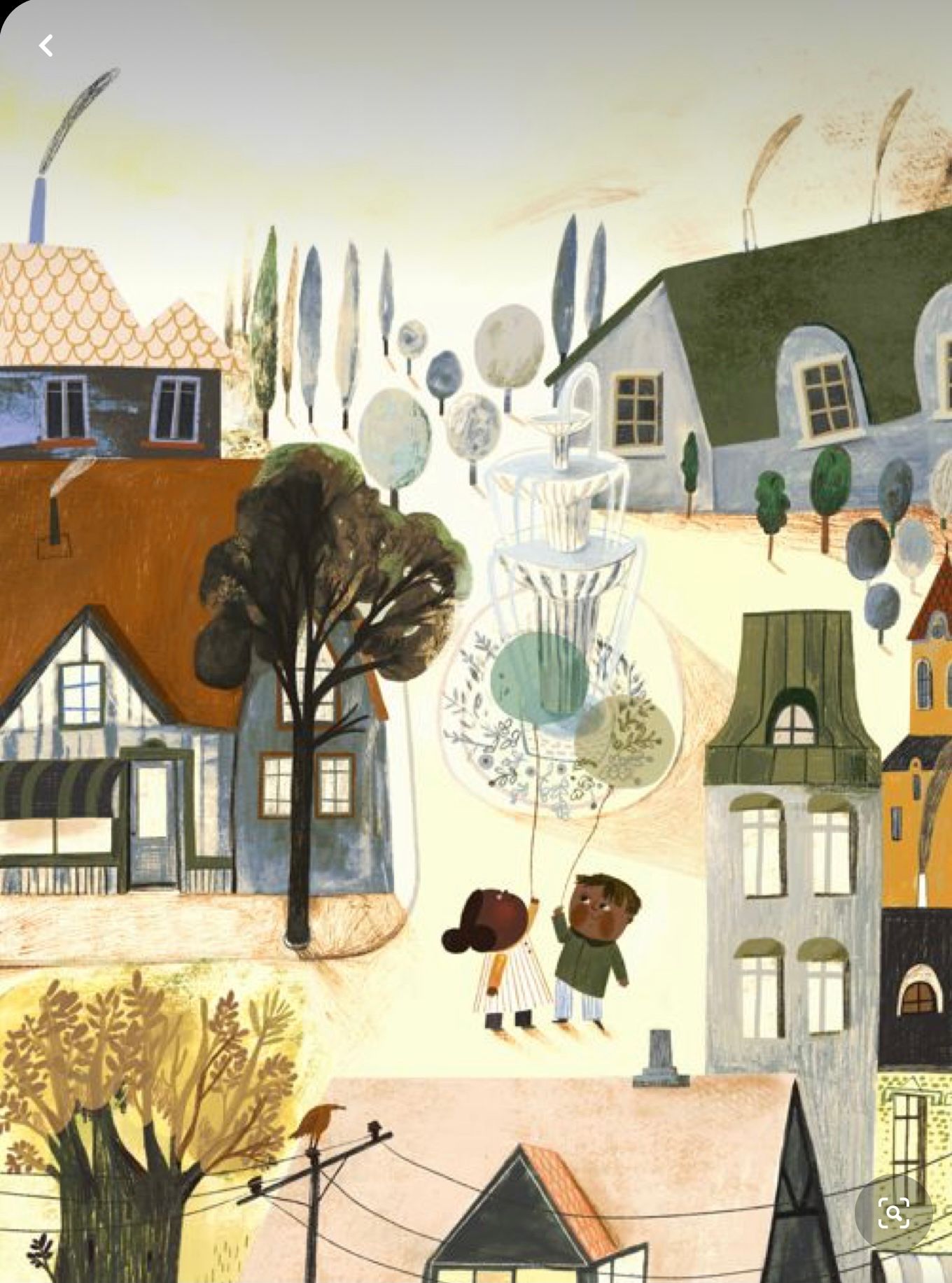
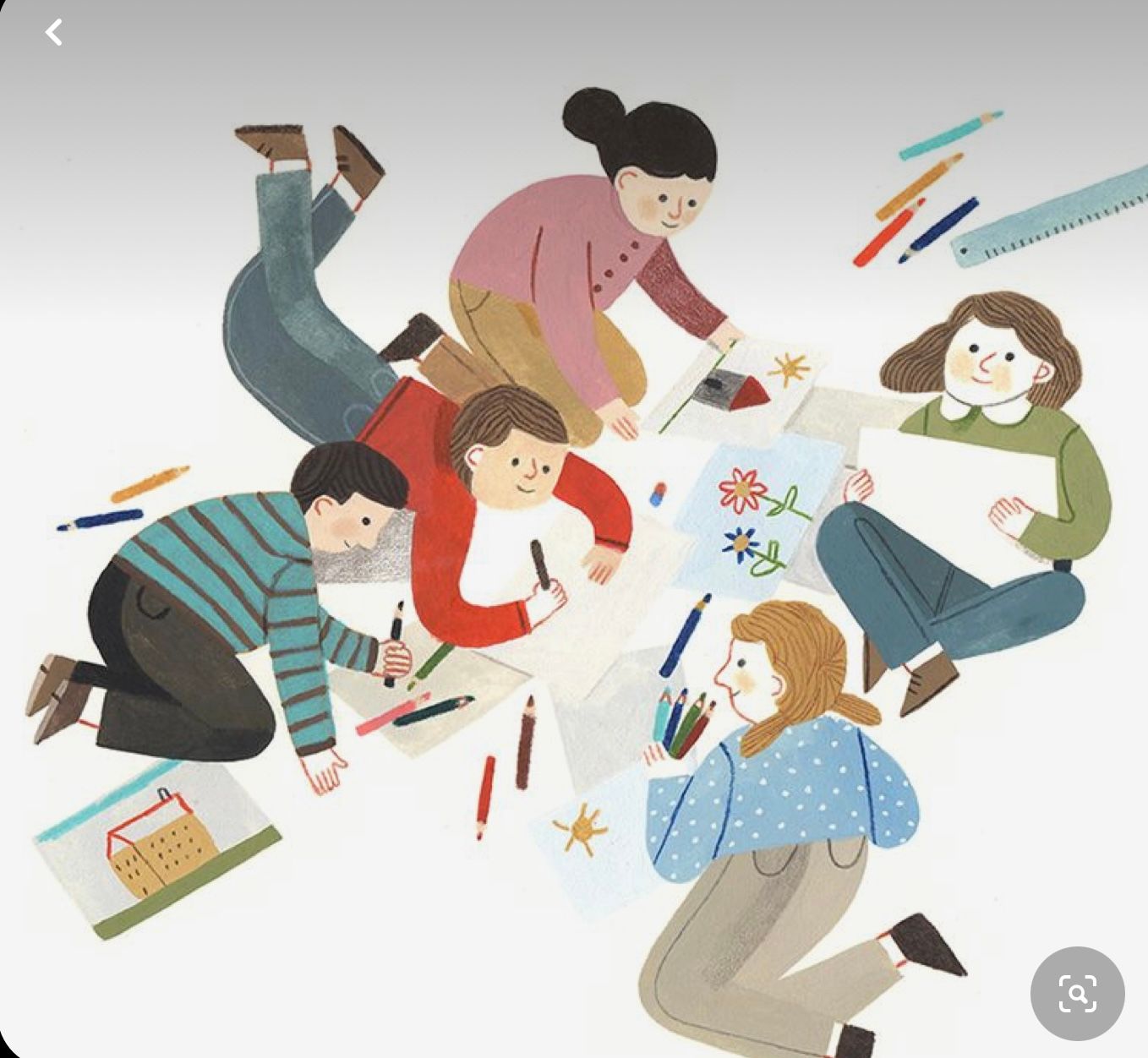
-
@isabel-reyes-feeney I think a lot of the illustrators who manage to achieve this got there through a lot of experimentation and trial and error, but did so with a really good understanding of the fundamentals. If you have a strong foundation with the fundamentals, you can push and exaggerate certain elements a little bit at a time until you get what you want and if it's too much you can always dial it back knowing that your starting place was correct.
For example, the last image you attached shows a cut out style where the artist has given himself/herself the limitation of everything being flat with no contour lines or indication of form. You can also see that the artist has chosen to keep the proportions of the characters correct and everything reads clearly. Maybe you could start by giving yourself small limitations like this, in order to ease yourself into it.
Not sure what point I was trying to make here now that I read over it but I hope this helps anyway. Good luck !
-
@brettb_draws Hi Brett,
Yeah I totally get what your saying, basically you have to have a really good understanding of the fundamentals to be able to bend those rules right ? Yeah really true , makes total sense. I like the idea off pushing those rules bit by bit -
@isabel-reyes-feeney I really believe it’s all about practice - practice drawing what’s right over and over and over and one day your so confident of what’s right you can change bits and it still looks right - that’s been my experience anyway.
Also the SVS guys suggest copying works (for practice only) by those illustrators you like, in doing this you get a feel for their thinking and technique.
Hope that helps. -
@isabel-reyes-feeney great question! Here are a few thoughts on the subject:
-
Agreeing with what's already been said: all these illustrators have a solid foundation in perspective, knowing the rules in order to break them. If you look at the above pieces, these illustrators have chosen to break the rules of perspective, but they're following other "rules", and that's probably a big reason why these illustrations work. They're balanced, well composed, have strong characters, and use value effectively.
-
Looking at all these illustrations again -- when the illustrators break perspective, they don't just break the rule once but keep everything else in the same perspective. Everything in these illustrations is drawn in its own wonky perspective. That's why the compositions work. If only one or two elements broke the rule, it would look "off".
-
Have you researched the creative process of your favorite illustrators? Have they shared their approach to illustration and storytelling? I'm not familiar with Alemagna or Linus, but I do know that other illustrators with a similar style experiment a lot. They play around, try different mediums, styles, and approaches. They're fearless in trying things out and finding what works for them. Experiments are not failures but learning opportunities.
-
Just because we have favorite illustrators whose work we greatly admire, doesn't mean we have to illustrate like them. The style that comes out of us naturally might not be anything like our illustration heroes, and that's okay. While these are successful and popular illustrators who break the rules of perspective and proportions, there are other equally successful illustrators whose style stays well within the established "rules". There's nothing wrong with feeling bound to the rules -- you can still create great illustrations that just as effectively tell a story. Because at the end of the day, no matter what style the art is created in, an illustration is about telling a story.
-
It feels like the root of your question is not about perspective rules and how to break them ... it might really be about fear. Fear of breaking rules. Fear of being perceived in a particular way. Fear of failure... Will learning how to break certain art rules address that underlying fear? Is the "fix" changing your art style, or will that fear still be there no matter what style you illustrate in? Or is there a better way to overcome that fear and/or move beyond it?
Just a few thoughts. Hope they're helpful or at least bring you closer to the answer you're seeking. For what it's worth, I think that your illustrations are great and I really like your own style that you're developing. Looking forward to seeing more lovely illustrations from you!
-
-
Great question, I feel the same! My illustrations still feel a bit stiff, I want them to be more relaxed and playfull. There are so many rules going around in my head that I think too much and do not play enough. Like Melissa says above, I think it is about letting yourself go, don't be affraid and start playing and experimenting. Yes, you have to know the basics and you need the practice, but only so all these rules are bedded in your subconsciousness and your head is free. I draw a lot in procreate but I notice that I can not really "play" digitally. I need paper to be able to make a mess. I think that is really a downside to draw digital.
PS Adolfo Serra has great courses on Domestika about loosing up and playing around. -
@melissa-bailey-0
Hi Melissa ,
Thanks so much for that. Yeah I do think fear is a big factor. I suppose I just really aspire to becoming a fearless illustrator bound to no rules and that’s what I admire the most of these illustrators! -
Try these #letsmakeartforfun drawing exercises by Claire Powell.
These work because the illustrations have strong design and composition. Layering objects give depth and sense of perspective. Every piece have a very clear focal point.
-
@isabel-reyes-feeney , great question. I love your examples. Can you please credit them so we can go check them out? I don't recognize the 1st & last. And thank you to all for the thoughtful, detailed responses.
-
@isabel-reyes-feeney you're welcome.
Sounds like what @Lee-White does might be helpful for you: when you're working on an illustration, look at it as a study so it takes the pressure off and that might give you the freedom to let go of the rules and experiment...